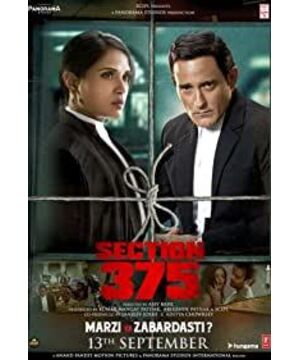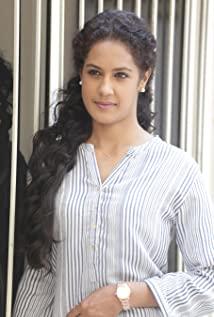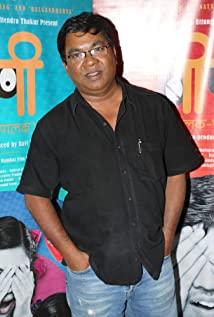I was fortunate to see this film from India at this Shanghai Film Festival. The movie has a high viewing rate, and it is regarded as one of the better Indian movies I have seen recently.
The film tells the verdict of a rape case. The story takes place between the male director and the film costume assistant. The beginning of the story shows the incident. After returning home, the victim was found raped by his brother and then reported to the crime. After reporting the case, the Indian police's handling methods, efficiency, and film have been restored to a considerable extent based on reality. Including the insufficient number of female forensic doctors, male forensic doctors doing physical examinations, the secondary injury to the victim caused by the questions asked, etc., and then the court hearing. Due to sufficient prima facie evidence, the primary court sentenced the male director to 10 years. Later, the male director refused to accept it, and his wife hoped to save her husband, and then found the male protagonist of the film as a defense lawyer. The female protagonist is the prosecution prosecutor of this case, and Zeng and the male protagonist are teachers and students. You come and go in court, and the court debate scene in this film is more exciting. However, as the case deepened, the defense presented more evidence and revealed more loopholes in the previous evidence chain. In the end, this was actually an extramarital affair, and the woman took advantage of Indian law to protect the vulnerable group and implemented a revenge story.
So here comes the question. Article 375 of the Indian Penal Code stipulates that as long as a woman says the man raped and the evidence points to the man, the man must be guilty. And women's confessions are crucial to the final verdict in court. The truth of this case is actually a story of a junior who wants to be promoted but fails and takes revenge on the scumbag. But for the court, the law adopts factual evidence. All the factual evidence in this case points to the man, sheets, body fluids, scars, etc. Although the defense lawyer refuted part of the factual evidence from the side, the man could not provide favorable factual evidence to refute the woman's accusation, so It is reasonable for the court to find the man guilty. However, for justice, this case is actually a party without justice. The woman’s motives are impure (knowing that filming is prohibited on the set, she even takes pictures of the male director privately; knowing that the male director is married, she accepts the house key; she is the third male lead, trying to gain the upper hand), but the social status quo oppresses women in India is real. The male privileged class, a scumbag, uses his authority to tempt and oppress young girls. With today's ending, the cause and effect can only be said to be self-defeating (of course, the 10-year sentence is too heavy).
In the film, the family honor of India, the theory of the guilt of the victim, the Me Too movement, public opinion orientation, and cyber violence were all mentioned in the court debate, but they were not described too much due to the length of the film. But it can be seen that the director actually has doubts about the law itself, which is biased towards disadvantaged groups.
Truth, justice, and law are actually three completely different things, but in the eyes of the public, the expectations of these three are often equated. But art is not life, reality is.
PS Any sexual act against the will of the parties is rape. Regardless of the party's gender, race, nationality, age, appearance, occupation, dress and sexual orientation, all external factors. This is a serious crime and should be severely punished by the law!
View more about Section 375 reviews











